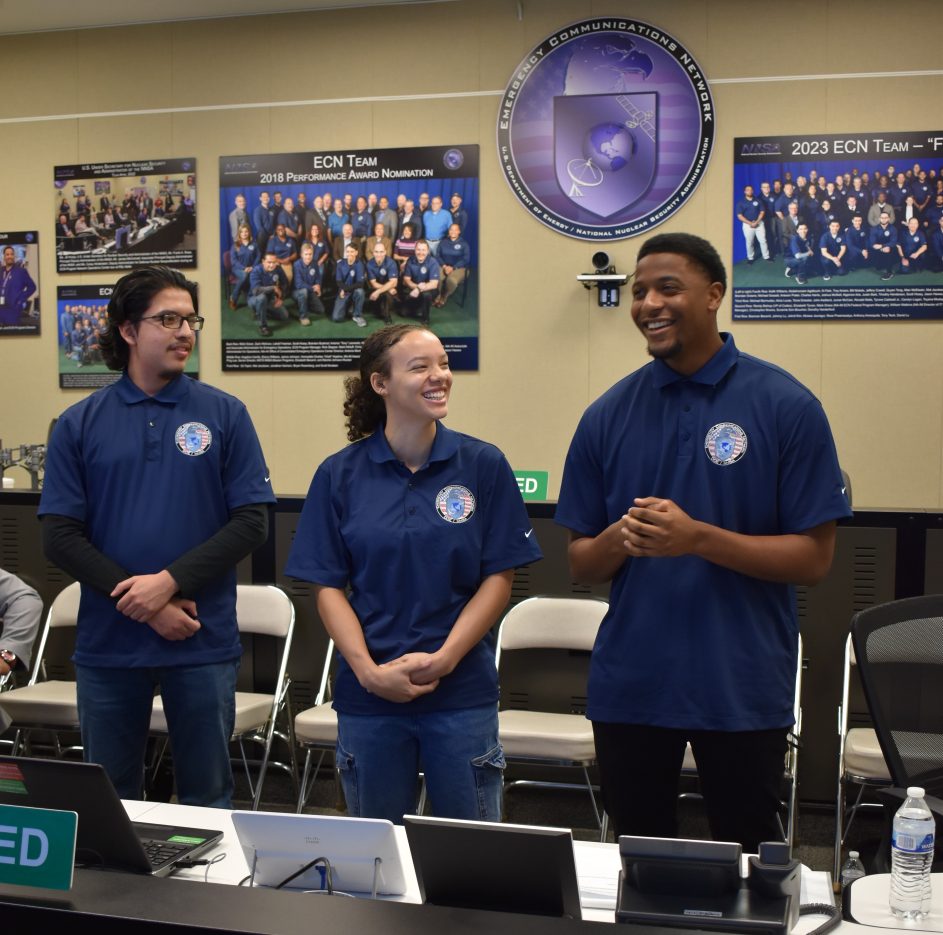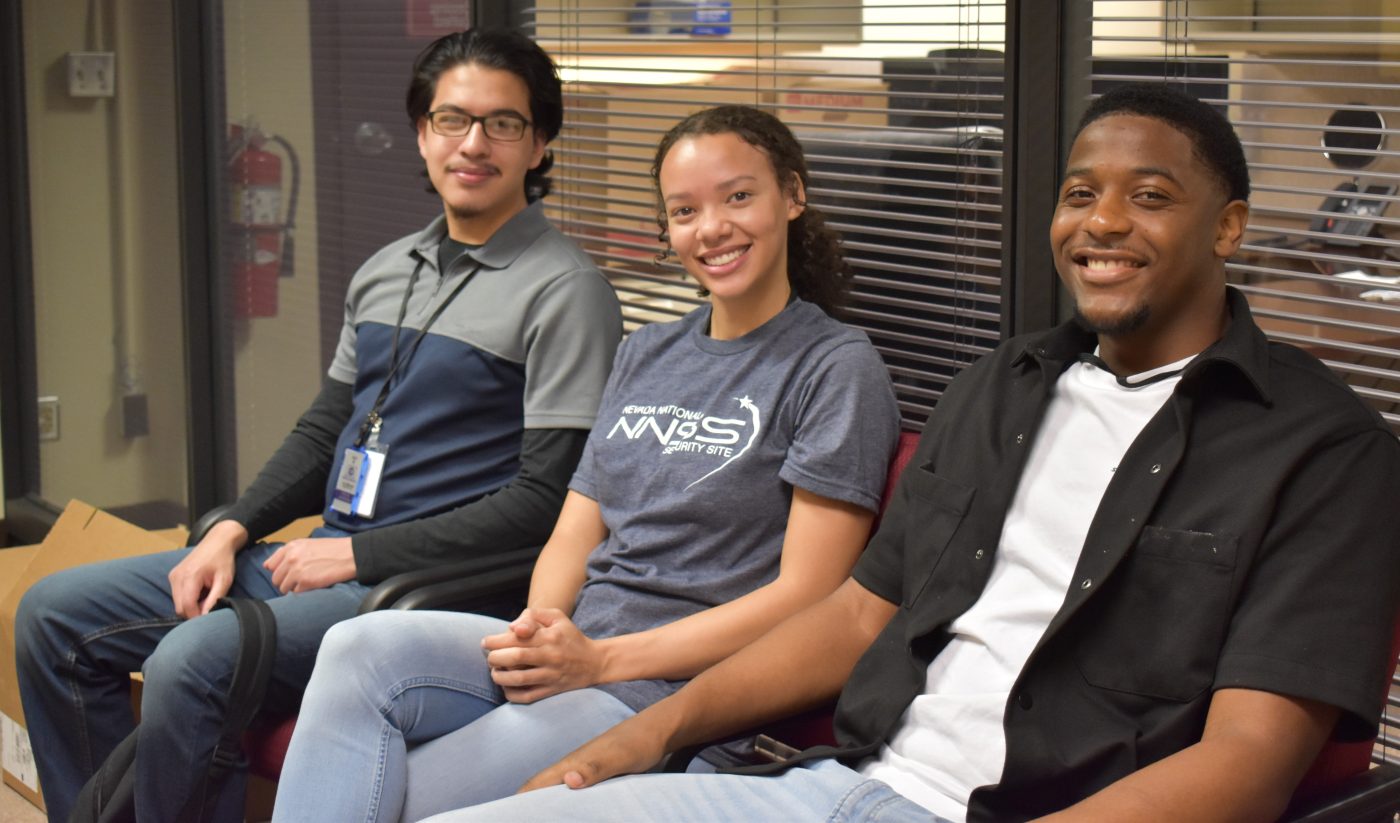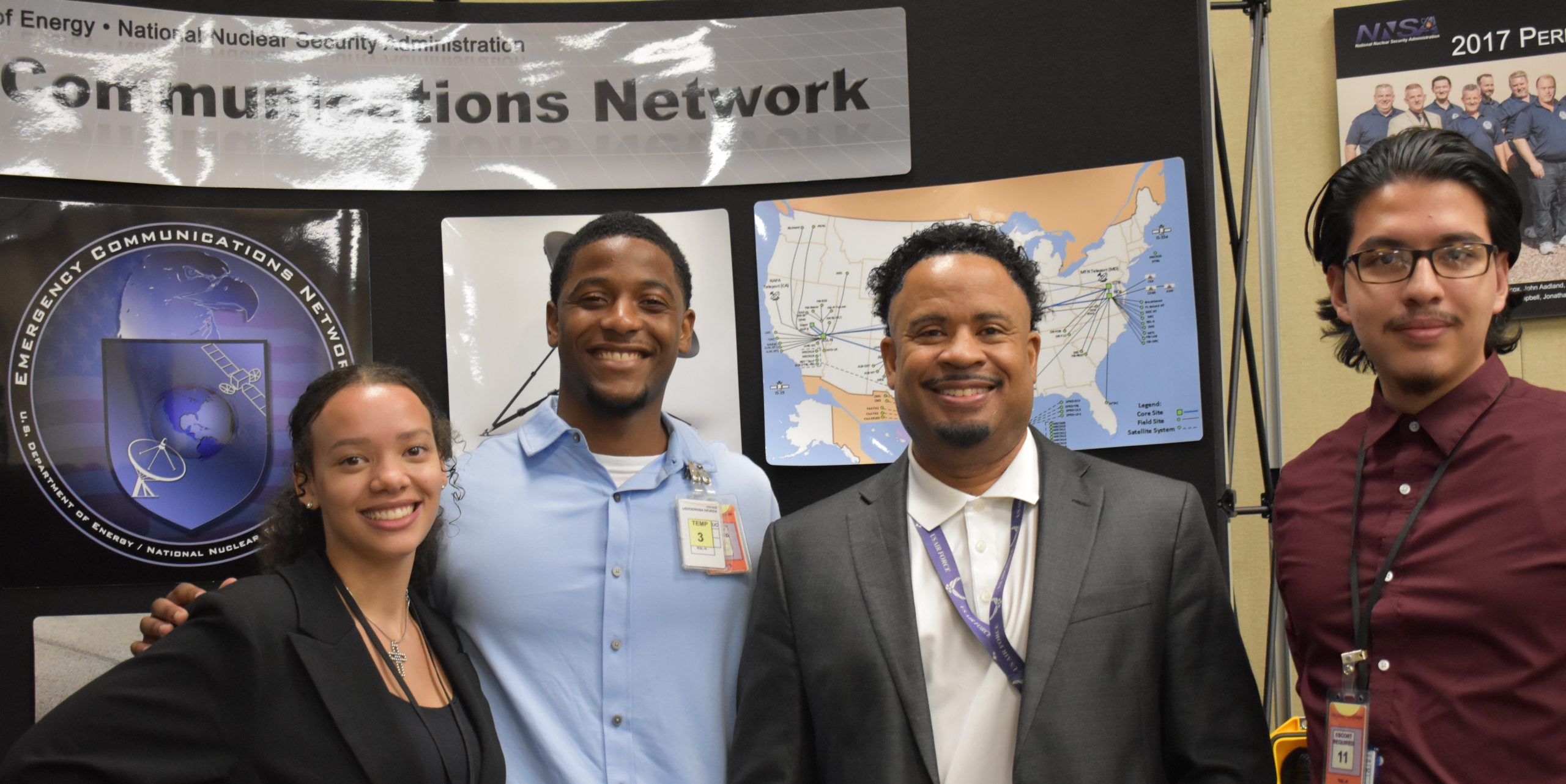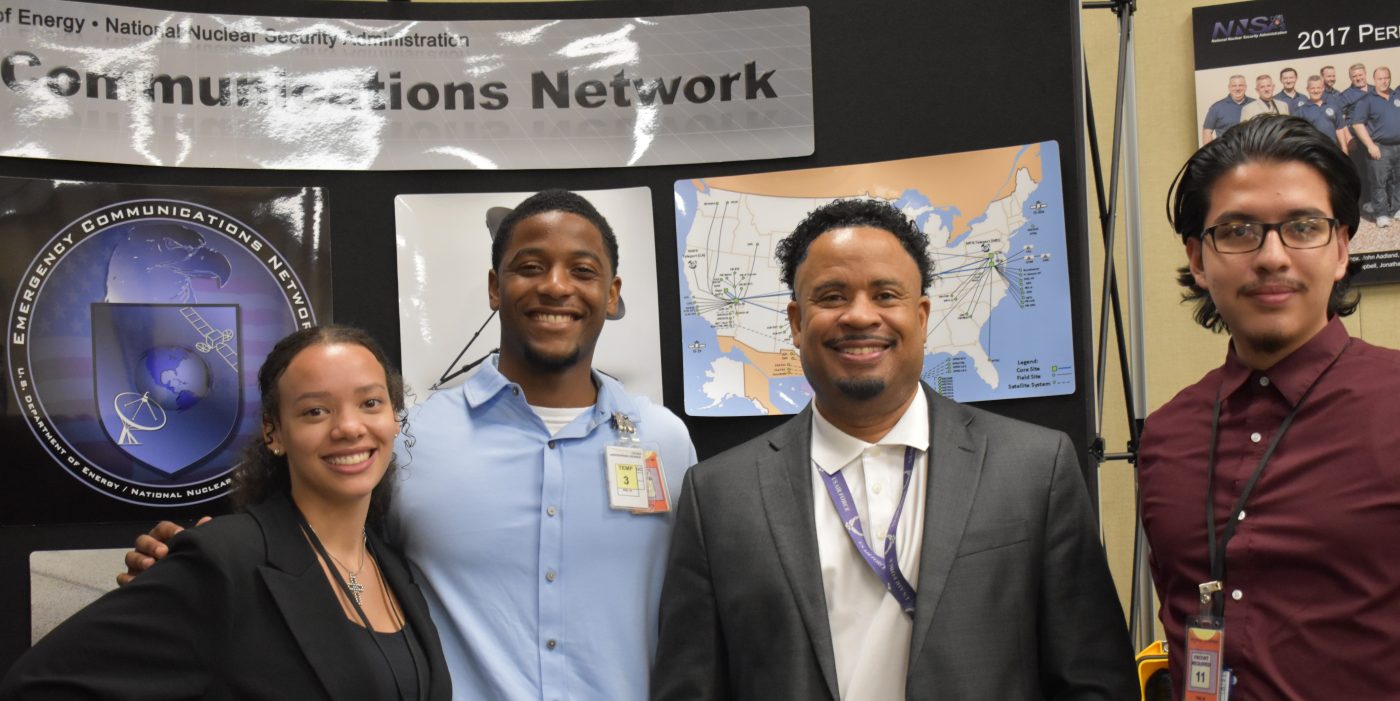The National Nuclear Security Administration (NNSA) believes in nurturing talent and investing in the future. Internship programs are not just about filling positions; they’re about creating opportunities that benefit students, our organization, and the entire Nuclear Security Enterprise.
Since the launch of the NNSS Student Programs in 2019, Mission Support and Test Services (MSTS), the management and operating contractor for the NNSS, in conjunction with the Emergency Communications Network (ECN) team have partnered with universities, businesses, and local and national programs to create a sustainable internship program. A few of those partnerships include the University of Nevada, Las Vegas, local non-profits like Project 150, and programs like Hiring our Heroes, Minority Serving Institution Partnership Program, and the Consortium on National Critical Infrastructure Security.
The student programs are offered every summer and continue to expand each year. In 2023, MSTS hosted 147 student interns, the largest number of participants since the program began. The ECN team specifically has hosted multiple interns with several turning into direct hires.
Internships offer many valuable benefits for students that they may not receive from other avenues during their college career. A few examples are:

- Real-World Experience: Our interns gain hands-on experience in their chosen field from the support and interaction with the ECN team, bridging the gap between theory and practice with direct involvement. By the end of the summer, the work environment and the overall experience will provide the student intern with a better view of what their future career could look like.
- Skills Development: They develop essential skills like communication, teamwork, problem-solving, and time management, setting a strong foundation for their careers.
- Networking: Interns build valuable connections with professionals, paving the way for mentorship, job opportunities, and career growth. They will also have expanded their career path options while shaping the future of NNSS.
The NNSS Student Programs offers full-time, paid summer internships, with some internships continuing into the school year on a part-time schedule.
Internships can also offer many valuable benefits for an organization. A few examples are:
- Fresh Perspectives: Interns bring new ideas and perspectives, fostering innovation and creativity within our teams.
- Talent Pipeline: Our internship program helps us identify and nurture potential future employees, ensuring a continuous influx of skilled talent.
- Productivity Boost: Interns contribute to projects, increasing productivity and bringing a fresh approach to tasks.

Joining NNSS Student Programs isn’t just about gaining experience — it’s about unlocking potential, contributing to organizational success, and making a meaningful impact on the community. The success of all of MSTS’ internship programs are a testament to the power of collaboration, mentorship, and investment in talent.
NNSA is at the forefront of attracting and retaining local talent; a pool of skilled individuals who are familiar with the community’s needs and dynamics. By advancing the next generation of leaders, the agency continues to drive innovation, excellence, and positive change.
For more information on the NNSS Student Programs or other internship programs MSTS supports, please contact the Student Program Talent Acquisition team at talent@nv.doe.gov.

